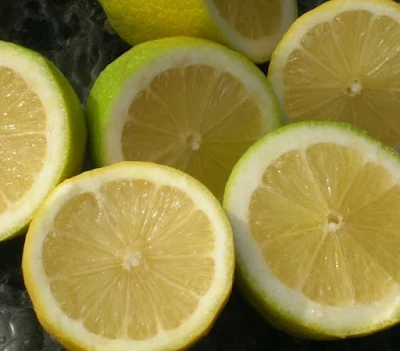Honey contains a treasure chest of hidden nutritional and medicinal value
for centuries. The sweet golden liquid from the beehive is a popular
kitchen staple loaded with antibacterial and antifungal properties that has
been used since the early days of Egyptian tombs. Honey’s scientific super
powers contribute to its vastly touted health benefits for the whole body. The
healthy natural sweetener offers many nutritional benefits depending on its
variety. Raw honey is the unpasteurized version of commonly used honey and only
differs in its filtration, which helps extend its shelf life.
A
tablespoon of raw honey contains 64 calories, is fat-free, cholesterol-free,
and sodium-free, says the National Honey Board. Its composition is roughly 80 percent
carbohydrates, 18 percent water, and two percent vitamins, minerals, and amino
acids. Typically, honey is sweet but can be cruel to infants. Spores of Clostridium
botulinum bacteria — found in dirt and dust, which can contaminate
honey — may lead to infant botulism and produce a toxin inside the body
that can cause muscle weakness and breathing problems.
Honey’s anti-inflammatory effects and ability to soothe coughs has led to
the belief it can also reduce seasonal allergy symptoms. Although there are no
clinical studies proving its efficacy, Dr. Matthew Brennecke, a board
certified naturopathic doctor practicing at the Rocky Mountain Wellness Center in
Fort Collins, Colo., told Medical Daily in
an email, "A common theory is that honey acts like a natural
vaccine." It contains small amounts of pollen, which if the body is exposed
to small amounts of it, it can trigger an immune response that produces
antibodies to the pollen.
Honey is an excellent source of all-natural energy at just 17 grams of carbohydrates
per tablespoon. This natural unprocessed sugar — fructose and glucose
— directly enter the bloodstream and can deliver a quick boost of energy.
The rise in blood sugar acts as a short-term energy source for your workout,
especially in longer endurance exercises. Brennecke said there is a
benefit in adding honey to your workout.
The sweet nectar is loaded in antioxidants that may help prevent cellular
damage and loss within the brain. A 2011 study published in Menopause found a daily
spoonful of Malaysian honey may boost postmenopausal women’s memory, which can
provide an alternative therapy for the hormone-related intellectual decline.
After four months of taking 20
grams of honey a day, the women were more likely to have
better short-term memory than their counterparts who took hormone pills.
Honey can be the all-natural cure when it comes to pesky colds. A
persistent cough that won’t go away can easily be remedied with two teaspoons
of honey, according to a 2012 study published in the journal Pediatrics.
Children between the ages of 1 and 5 with nighttime cough due to colds coughed
less frequently when they received two teaspoons of honey 30 minutes before
bed.
Honey can be a health aid for sleepless nights. Similar to sugar, honey
can cause a rise in insulin and release serotonin — a neurotransmitter
that improves mood and happiness. “The body converts serotonin into melatonin,
a chemical compound that regulates the length and the quality of sleep,”
Rene Ficek, registered dietitian and lead dietitian nutritionist at Seattle Sutton's Healthy
Eating in Chicago, Ill., told Medical Daily.
Honey also contains several amino acids, including tryptophan that is
commonly associated with turkey. Honey’s steady rise in insulin, according to
Brennecke, causes the tryptophan in honey to enter the brain, where it’s then
converted into serotonin and then into melatonin, which is a sleep aid. This
hormone is responsible for regulating sleep and wake cycles.
Honey can bring temporary relief to the scalp by targeting dandruff. A
2001 study
published in the European Journal of Medical Research found applying
honey diluted with 10 percent warm water to problem areas and leaving it on for
three hours before rinsing led to itch relief and no scaling within a week.
Skin lesions healed within two weeks and patients even showed an improvement in
hair loss. The patients did not relapse even after six months of use.
Honey is a natural antibiotic that can act both internally and
externally. It can be used as a conventional treatment for wounds and burns by
disinfecting wounds and sores from major species of bacteria such as
methicillin resistant Staphylococcus aureus (MRSA). A study published in the British Journal of Surgery
found all but one of patients who suffered from wounds and leg ulcers showed
remarkable improvement after applying a topical application of honey.



























